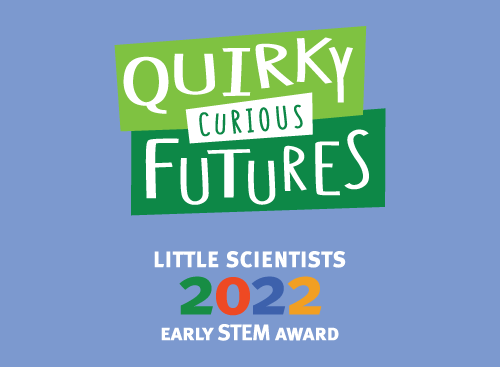High-quality care for under fives results in stronger STEM success

Children who have access to high-quality early childhood education and care (ECEC) in the years before school do better in science, technology, engineering and mathematics (STEM) when they reach high school, new research has shown.
The link is strongest with children from low-income backgrounds, researchers found, sharing their findings in the journal Developmental Psychology.
“Our results suggest that caregiving quality in early childhood can build a strong foundation for a trajectory of STEM success,” shared lead author Andres S. Bustamante from the University of California Irvine.
“Investing in quality childcare and early childhood education could help remedy the underrepresentation of racially and ethnically diverse populations in STEM fields,” he added.
Many studies have demonstrated that higher quality caregiving in early childhood is associated with better school readiness for young children from low-income families. However, not as many have looked at how the effects of early childcare extend into high school, and even fewer have focused specifically on STEM subjects, according to Dr Bustamante.
Along with his colleagues, Dr Bustamante examined data from 979 families who participated in the National Institute of Child Health and Human Development Study of Early Child Care and Youth Development, from the time of the child’s birth in 1991 until 2006.
As part of the study, trained observers visited the daycares and preschools of all the children who were enrolled for 10 or more hours per week. The observers visited when the children were 6, 15, 24, 36 and 54 months old, and rated two aspects of the childcare:
- the extent to which the caregivers provided a warm and supportive environment and responded to children’s interests and emotions; and,
- the amount of cognitive stimulation they provided through using rich language, asking questions to probe the children’s thinking, and providing feedback to deepen the children’s understanding of concepts.
The researchers then looked at how the students performed in STEM subjects in elementary and high school. To measure STEM success, they examined the children’s scores on the math and reasoning portions of a standardised test in grades three to five. To measure high school achievement, the researchers looked at standardized test scores and the students’ most advanced science course completed, the most advanced math course completed, GPA in science courses and GPA in math courses.
Overall, they found that both aspects of caregiving quality (more cognitive stimulation and better caregiver sensitivity-responsivity) predicted greater STEM achievement in late elementary school, which in turn predicted greater STEM achievement in high school at age 15 years.
Sensitive and responsive caregiving in early childhood was a stronger predictor of high school STEM performance for children from low-income families compared with children from higher income families.
While the researchers went into their learning, they soon learned that caregiver sensitivity and responsiveness was just as predictive of later STEM outcomes, highlighting the importance of children’s social emotional development and settings that support cognitive and social emotional skills.
Overall, Dr Bustamante said, research and theory suggest that high-quality early care practices support a strong foundation for science learning.
“Together, these results highlight caregiver cognitive stimulation and sensitivity and responsiveness in early childhood as an area for investment to strengthen the STEM pipeline, particularly for children from low-income households.”
Popular

Workforce
Quality
Research
When did it start to go wrong?
2025-12-18 08:00:46
by Fiona Alston

Economics
Policy
Quality
Provider
Research
Is your service ready? Key updates to Queensland kindergarten funding in 2026
2025-12-17 07:00:15
by Fiona Alston

Quality
Workforce
Practice
Research
Let’s not lose the word 'Children'
2025-12-18 07:45:13
by Fiona Alston














